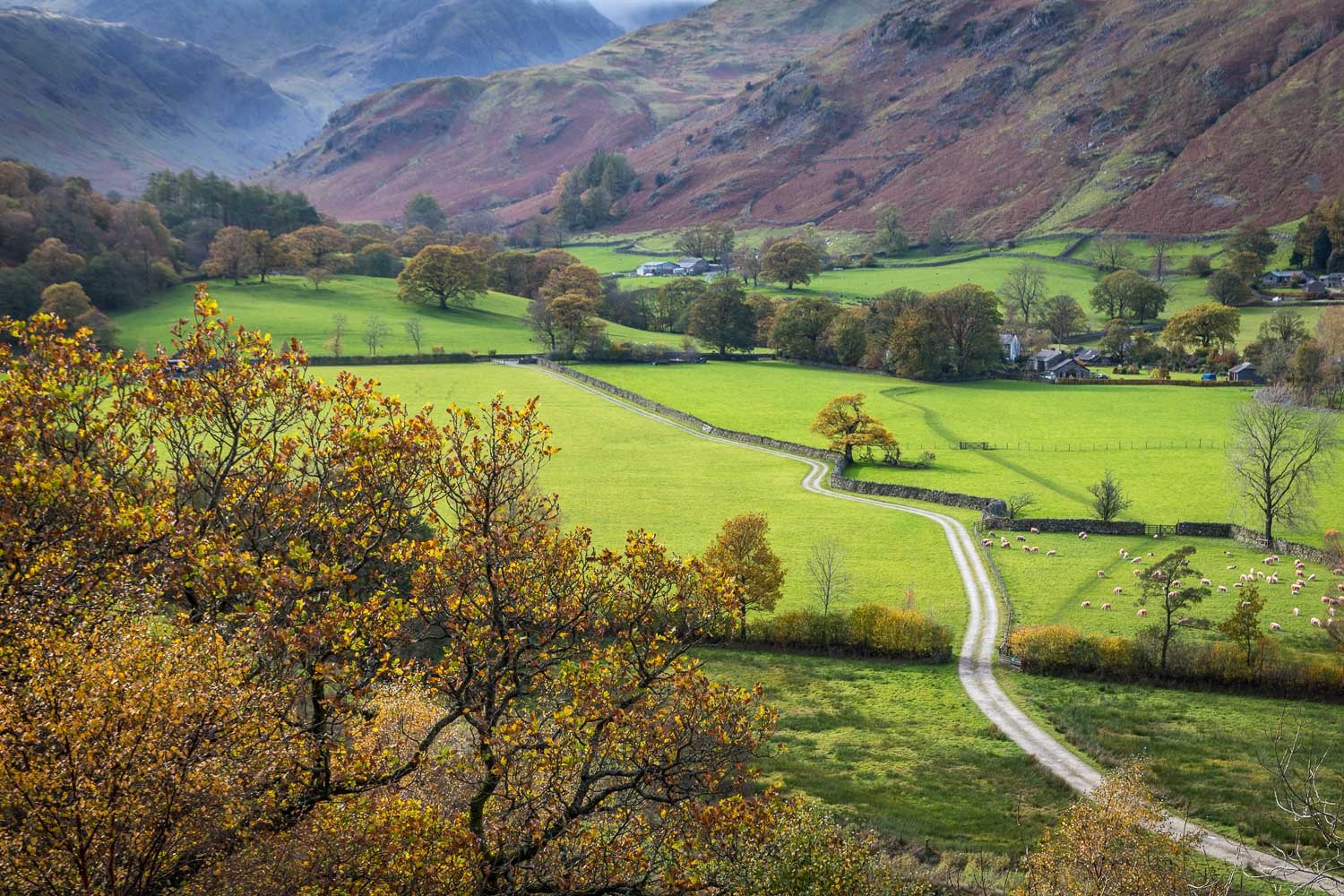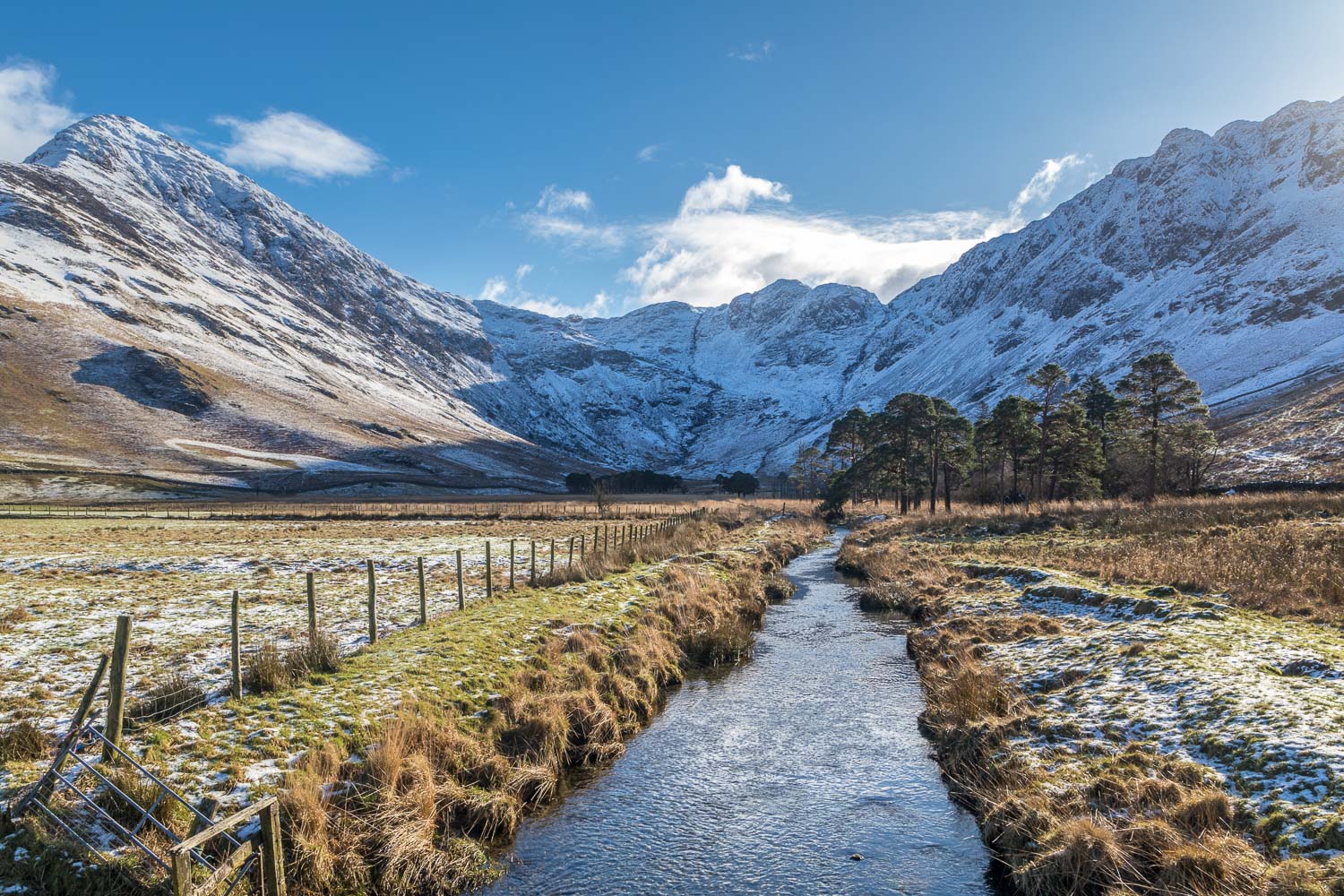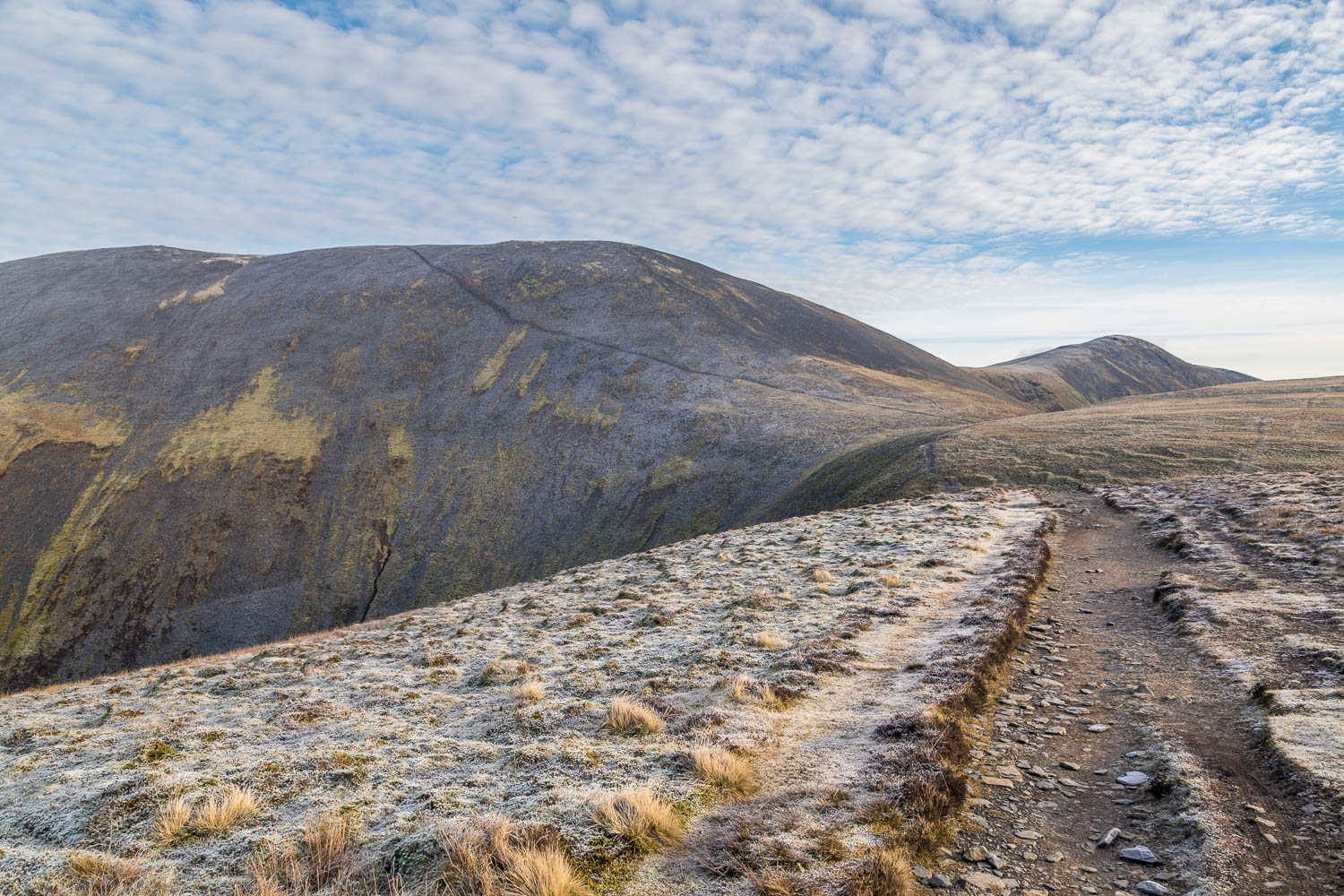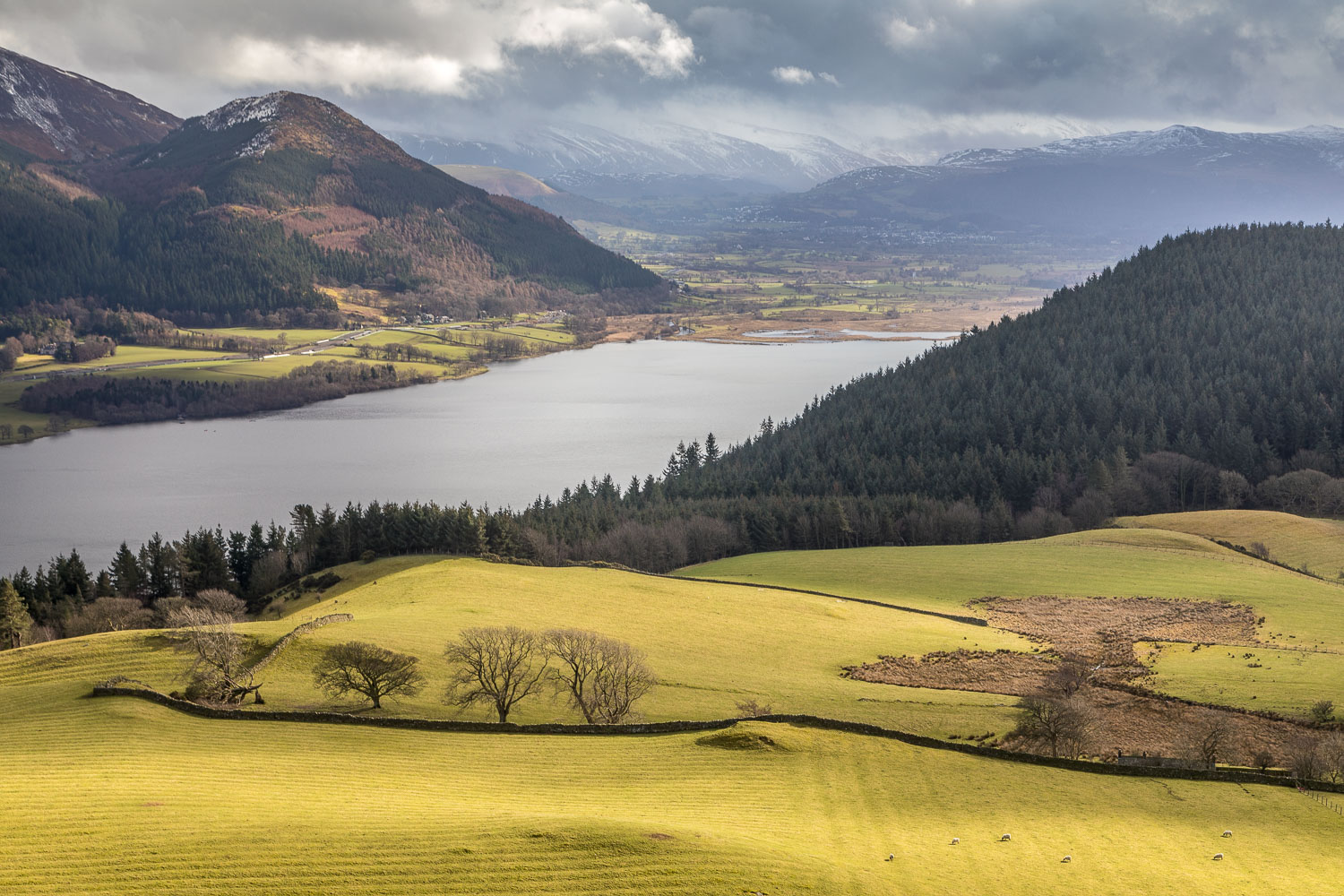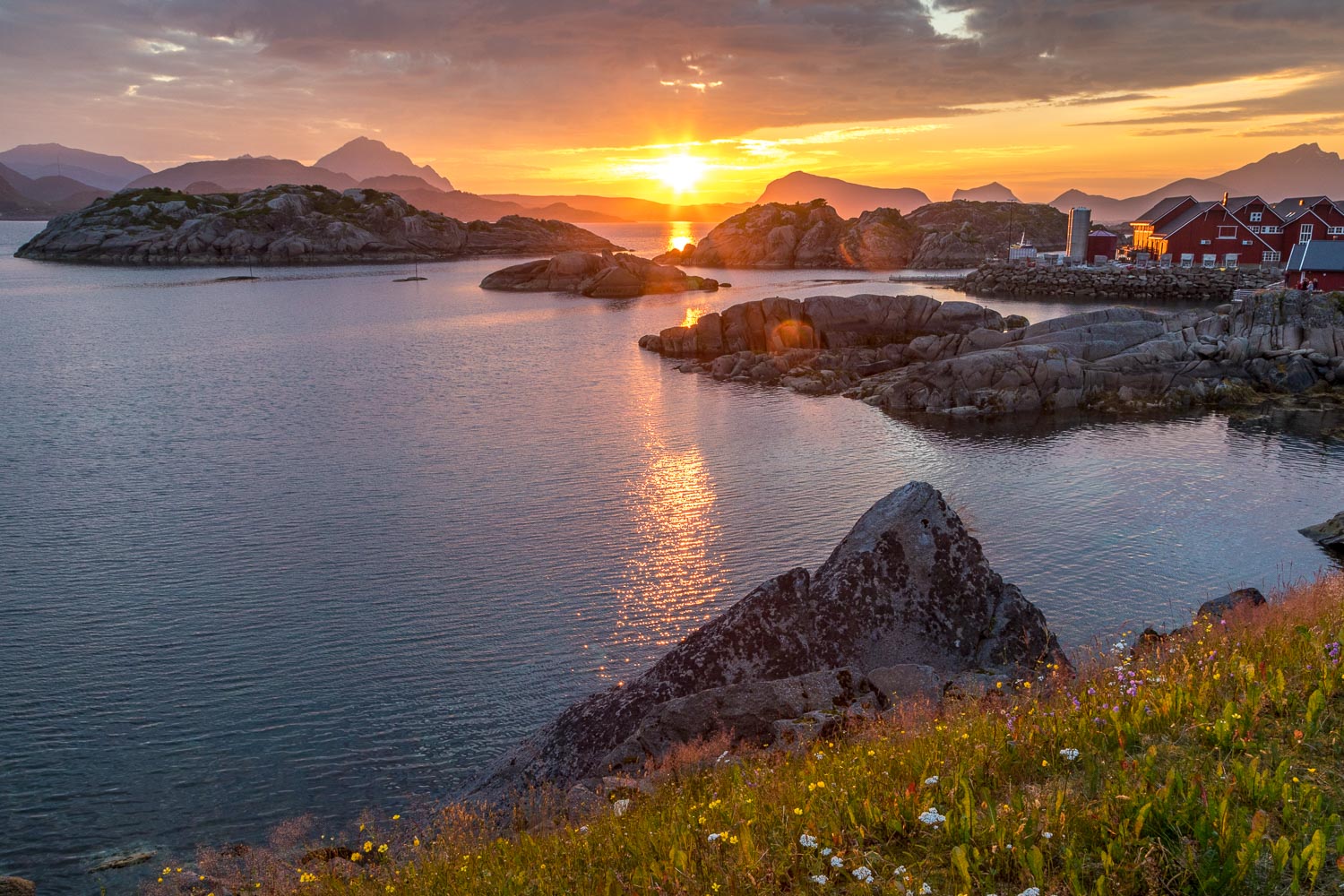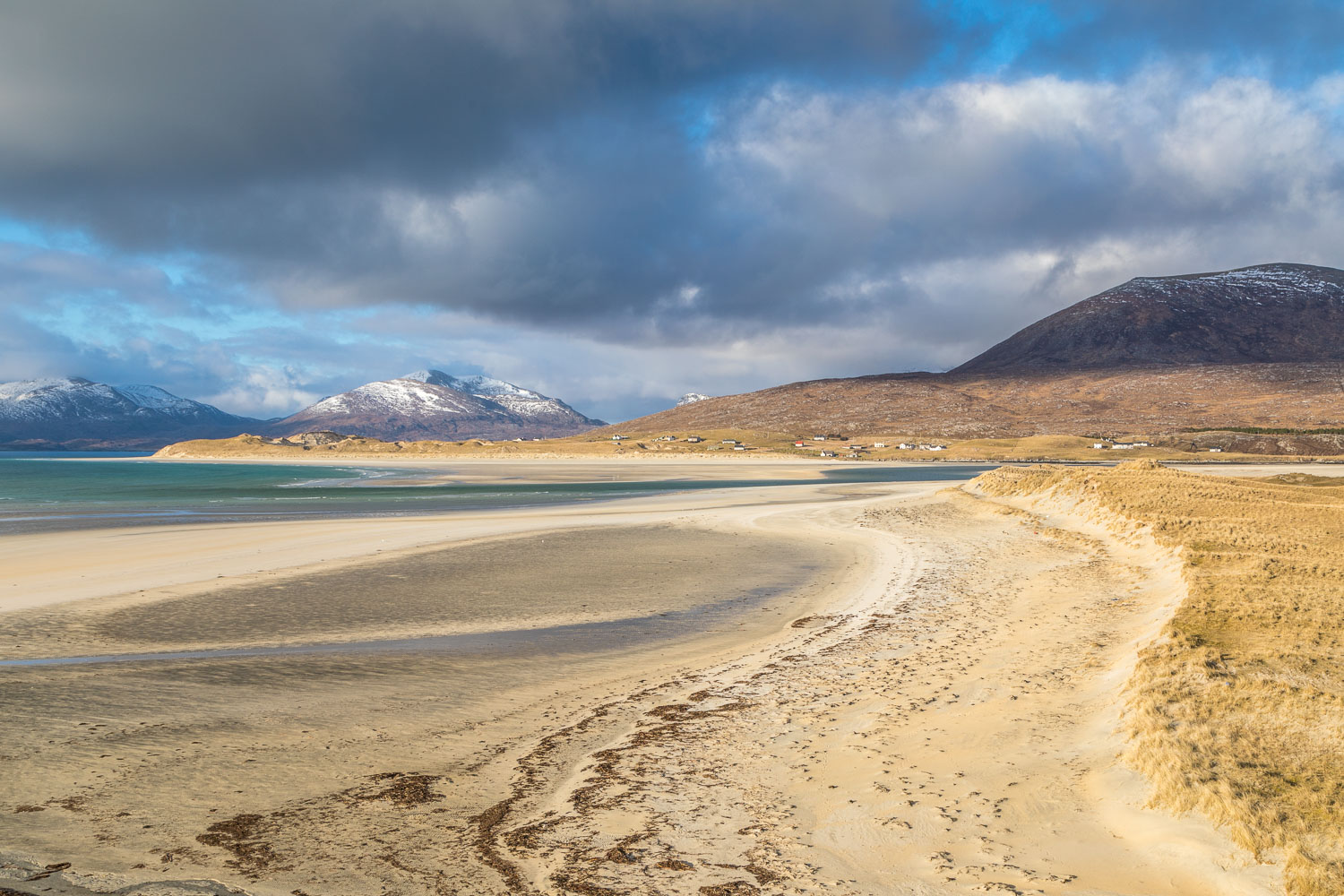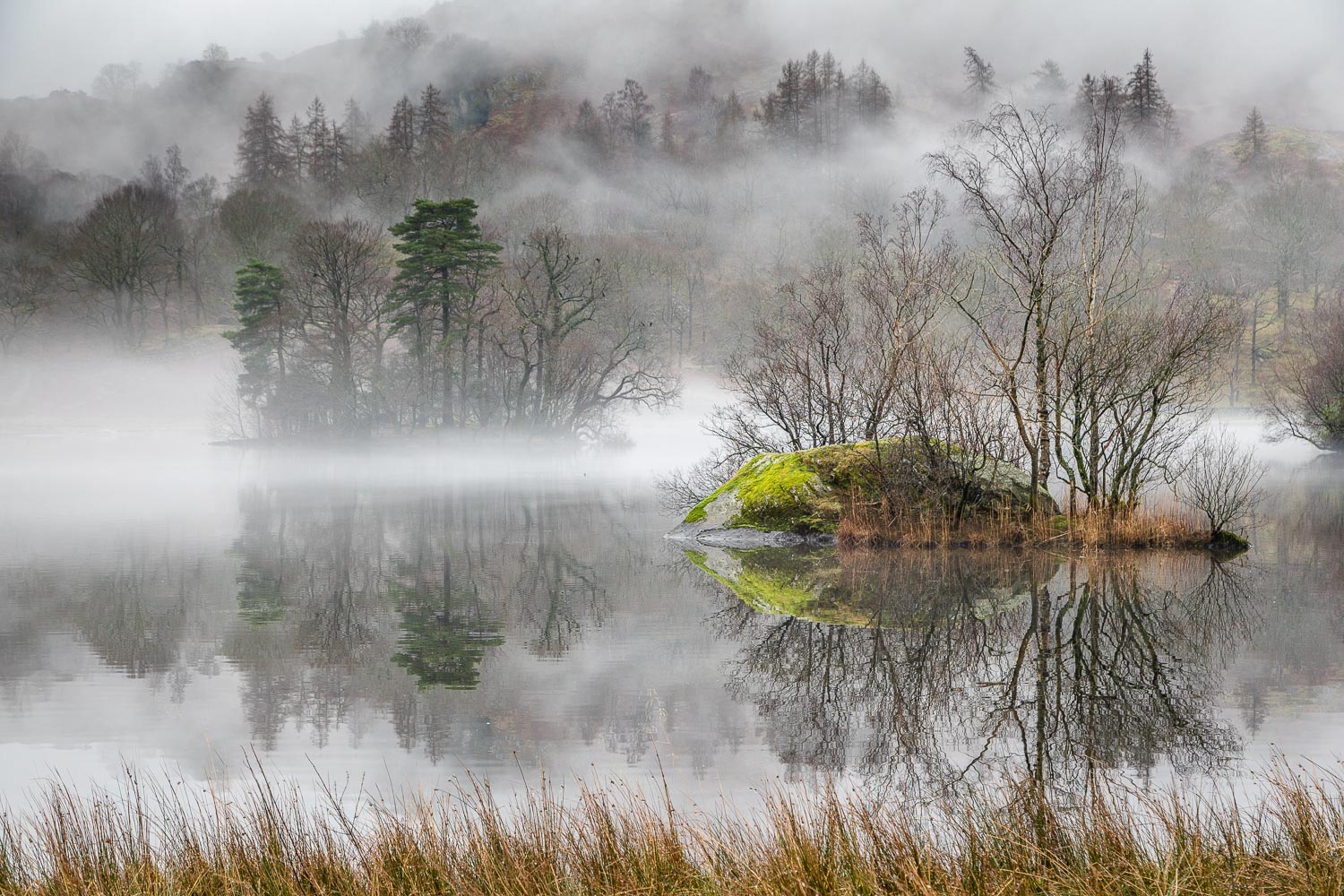I’ve added this page in response to frequent emails received from visitors asking ‘What camera do you use?’
It’s a common misconception that the more you spend on camera kit, the better your photos will be – but expensive football boots won’t necessarily make the ball hit the back of the net
There are four factors which, in my experience, are more important than kit. They are big subjects and books have been written on each of them. What follows is the briefest of outlines, and comes from an amateur
1. Composition – no matter how clear and crisp the image is, it won’t succeed unless the subject matter is well composed (keeping the horizon level is an obvious example). Paths, dry stone walls and streams are good aids to composition, as they lead the viewer’s eye into the scene…
(Scroll across or click an image to see a larger version and slideshow)
2. Light – there’s not much that can be done about this, it’s a question of good luck or patience, and recognising the right conditions when and if they arrive. It’s often the case that good light appears where you don’t expect it, so keep looking around and be prepared to grab a brief moment of light on a less obvious scene. A cloudless sunny sky doesn’t make for a good photo, as there’s too much contrast. The best times of day are usually dawn and dusk when the light is softer. Sunshine after rain often provides crisp clear light. Cloud cover with dappled light at any time of day can also make for good conditions, as can mist…
3. File format – I strongly recommend shooting in RAW not JPEG. This is a much debated topic, click here for a helpful summary of the pros and cons
4. Processing – one of the downsides of shooting RAW is big file sizes, although digital storage is inexpensive these days. It’s also necessary to process the resulting image in order to get good results. I use Adobe Lightroom for this. Done properly, processing isn’t manipulation. Bear in mind that pocket cameras and smart phones do this automatically. Shooting RAW enables you to take control of the work flow, with the aim of reproducing the scene as it appeared on the day. The best camera and lens in the world is incapable of reproducing the light seen by the human eye, so most photos need to be adjusted in some way. With landscapes, the typical problem is the contrasting light levels between sky and land. It’s sometimes impossible to expose correctly for both – one or the other will be over or under exposed, no matter what settings are chosen. Editing software enables this problem to be overcome. There’s a big learning curve, and I’m still on it, but it’s worth making the effort if you have the time and inclination
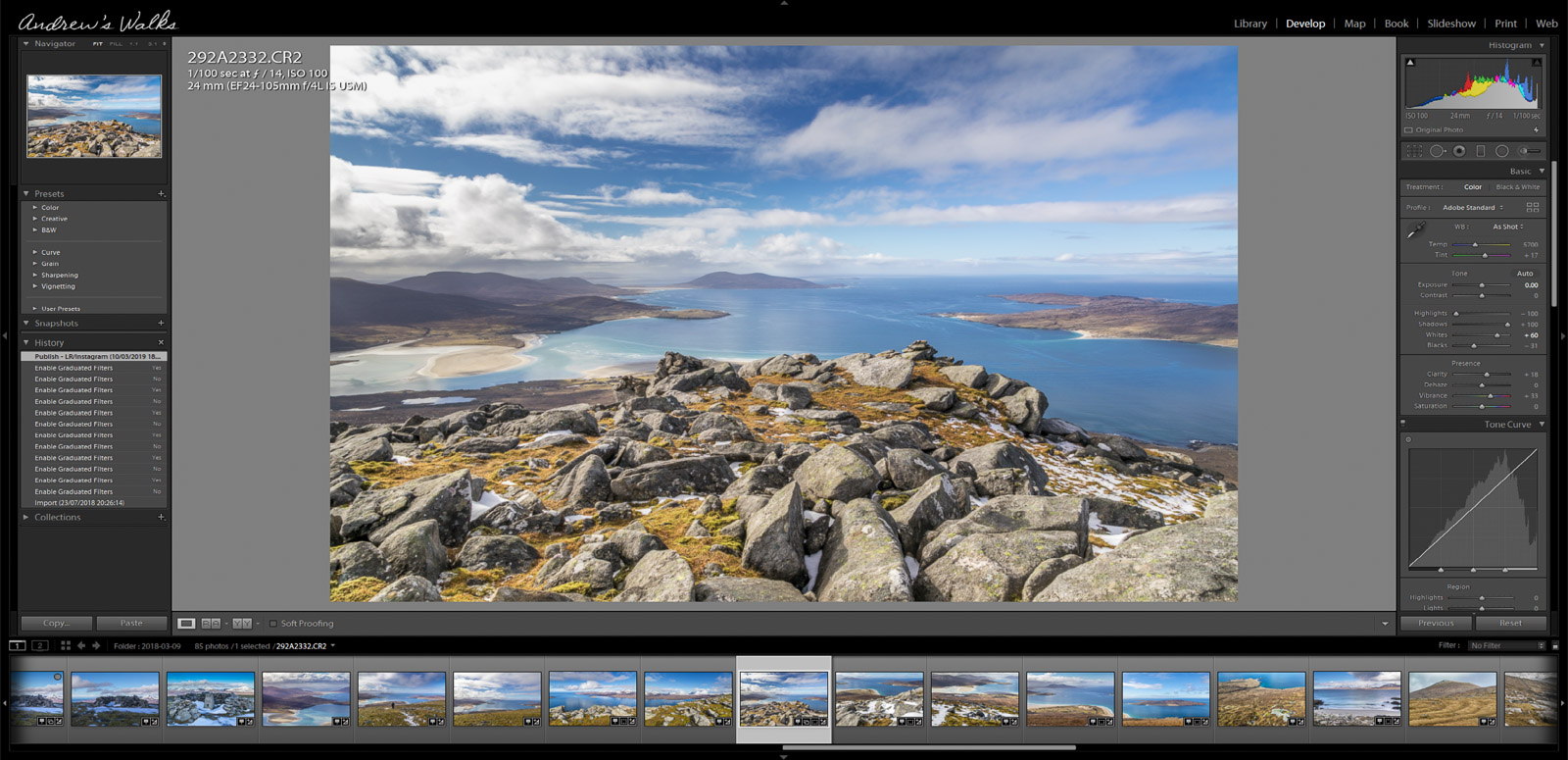
Camera equipment
The choice of camera is in my view less important than the factors mentioned above, but in answer to the frequently asked question, I currently use a Canon EOS 5D Mark IV with a Canon EF 24-105 mm f/4L lens. This lens covers a wide variety of situations and is ideal for landscape photos when I’m on a walk. I often take a back up camera with another lens, depending on what I’m likely to see. If I expect wildlife sightings I’ll take a telephoto lens (Canon EF 100-400mm), or if I’m visiting a garden I may take a macro lens for close ups (Canon EF 100mm F/2.8L). However, any decent DSLR/lens combination will produce good results if used properly so there’s no need spend a fortune – my recommendation is to do your research and buy within your budget
Tripod
Although I own a tripod I hardly ever use it, and never take it on walks as it’s impractical and takes too much time to set up. As long as the camera is held steady it’s possible to take sharp photos in typical landscape situations, even at relatively slow shutter speeds down to about 1/15 second. A lens with built in image stabilisation is a great help, especially in landscape photography when you’re trying to take a picture in a howling gale. None of the above images were taken using a tripod. It’s a myth that you have to use one to be a ‘proper photographer’. This is not to say that tripods are useless – they are indispensible for subjects such as astral photography, long exposures of water, or where light levels are low
Weight
There’s no getting away from the fact that a good DSLR camera and lens weigh a lot, something to be taken into account on walks, especially up fells and mountains. I carry my camera on a simple but very effective holder made by Cotton Carrier. The camera is supported by the shoulder strap on my rucksack, and I hardly notice the weight. Importantly, the goods are always to hand if I need to grab a quick shot


